Open source 3D printers stand out as a dynamic force in the world of additive manufacturing. Their appeal lies in the freedom they provide to modify both hardware and software, enabling you to create tailored solutions for your projects. This flexibility fosters creativity and encourages experimentation, making them a favorite among innovators.
Adoption rates for open source and proprietary models are comparable, yet users often perceive open source printers as offering more value. For instance, the manufacturing cost of a typical open source printer is around $430, with material costs as low as $5 per project. These numbers highlight their cost-effectiveness and accessibility, especially for hobbyists and small businesses.
The open source community plays a vital role in driving advancements. By sharing designs and resources, it ensures that 3D printing technology remains accessible to everyone, regardless of budget or expertise.
Key Takeaways
- Open source 3D printers let you change hardware and software. This gives you the freedom to adjust your printer for projects.
- These printers are affordable. They have low production and material costs, so hobbyists and small businesses can use them.
- The open source community shares ideas and tools. This helps everyone work together and create new things.
- You can save money by using common parts. You can also fix or upgrade the printer yourself, skipping costly service fees.
- Open source 3D printers help you try new things and learn skills. They are great for both beginners and experts.
Open Source Customizability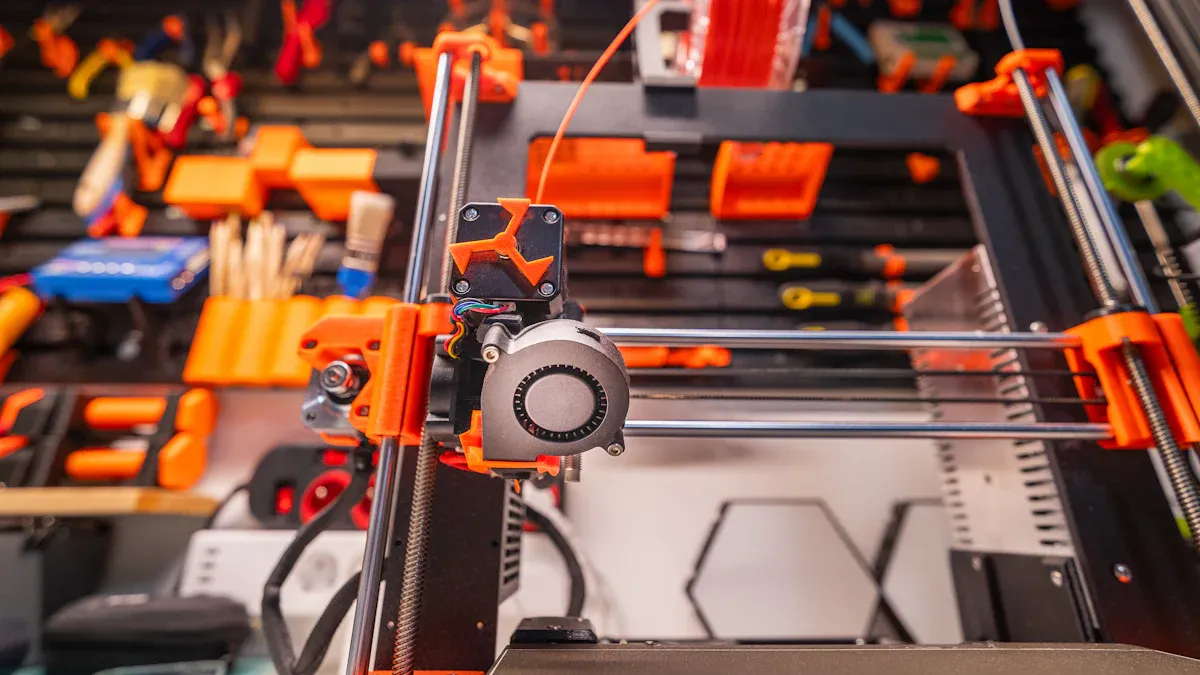
Freedom to Modify Hardware and Software
Open source 3D printers give you the freedom to modify both hardware and software, allowing you to tailor the machine to your specific needs. Unlike proprietary models, these printers let you access and adjust their firmware, enabling you to optimize performance or add new features. For instance, upgrading to a Duet 2 WiFi motion control board enhances precision and provides a user-friendly web interface for configuration. This level of customization ensures that your printer evolves alongside your projects.
Hardware modifications are equally impactful. You can replace stock components with advanced alternatives to improve motion control or expand functionality. High-quality open-source software also plays a crucial role, offering better slicing and control capabilities compared to standard options. These modifications not only boost performance but also make your printer more versatile.
Open source technology empowers you to take full control of your 3D printer, transforming it into a tool that adapts to your creativity.
Tailoring Printers for Specific Applications
One of the most significant advantages of open source 3D printers is their adaptability for specialized tasks. Whether you need a compact printer for small-scale projects or a larger model for industrial applications, open source designs can meet your requirements. For example, Voron printers offer various models tailored to different needs. The Voron 2.4 excels in handling large projects, while the Voron V0 is ideal for limited spaces.
The open source community provides extensive resources, including guides for upgrades and modifications. These resources make it easier for you to customize your printer for specific applications. Users often report that customized open source printers outperform standard models like the Ender 3 in speed and print quality. This adaptability ensures that your printer remains relevant, regardless of how your needs evolve.
Encouraging Innovation Through Open Designs
Open source designs foster a culture of innovation by making 3D printing technology accessible to everyone. When you have access to open designs, you can experiment with new ideas and contribute to the community's collective knowledge. This collaborative approach accelerates advancements in 3D printing, benefiting both hobbyists and professionals.
For example, the open source community frequently shares designs and modifications that improve printer performance. These contributions often lead to breakthroughs in areas like motion control and material compatibility. By participating in this ecosystem, you not only enhance your skills but also help drive the industry forward.
The open source model thrives on collaboration, turning individual creativity into collective progress.
Community Collaboration in Open Source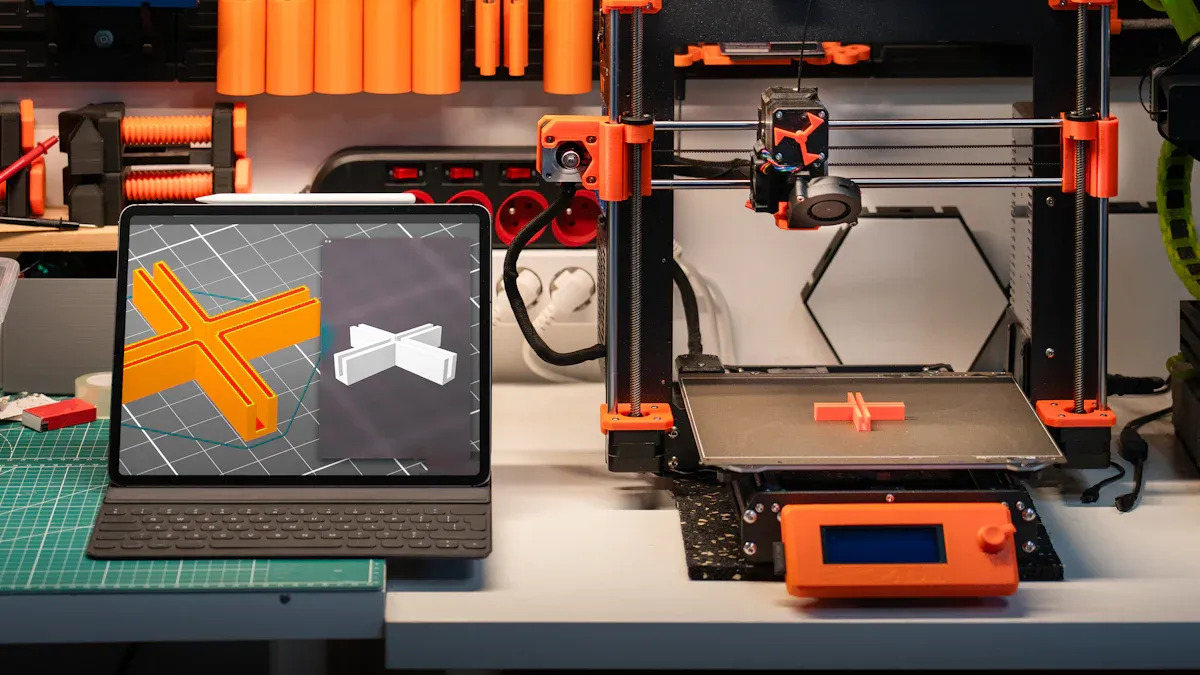
The open source 3D printing ecosystem thrives on collaboration. It is a space where individuals and groups come together to innovate, share, and support one another. This collective effort has propelled the technology forward, making it more accessible and versatile.
Role of the Open Source Community in Innovation
The open source community plays a pivotal role in driving innovation. By sharing designs, ideas, and improvements, members contribute to the rapid evolution of 3D printing technology. Collaborative projects like RepRap and MakerBot have set benchmarks in the industry.
|
Project |
Description |
Impact |
|---|---|---|
|
RepRap |
Released the first open 3D printer kit design in 2007. |
Sparked a RepRap-based industry with numerous spinoffs and a self-replicating goal. |
|
MakerBot |
Community-driven development of 3D printers. |
Encouraged customization and innovation in 3D printing, influencing market dynamics. |
|
Open Hardware |
Fostered a decentralized manufacturing ecosystem. |
Led to lower prices from major manufacturers due to competition from low-cost open source printers. |
These projects demonstrate how open source collaboration fosters creativity and competition. As a participant, you can contribute to or benefit from these advancements, ensuring that the technology continues to evolve.
Sharing Designs and Resources
Sharing is at the heart of the open source philosophy. Platforms like Thingiverse and GitHub allow users to upload and download 3D printer designs, modifications, and software. This culture of sharing accelerates innovation and reduces development time for new projects.
- The DrawBot project on Thingiverse highlights how designers collaborate on open-source hardware projects.
- It identifies specific tasks involved in collaboration and how designers work together to achieve those tasks.
- The study also sheds light on challenges in collaboration and suggests opportunities for improvement.
This collaborative environment ensures that you have access to a wealth of resources, enabling you to experiment and refine your projects without starting from scratch.
Peer Support and Troubleshooting
The open source community is not just about sharing designs; it is also about supporting one another. Forums, social media groups, and dedicated websites provide spaces where users can seek advice, troubleshoot issues, and share solutions.
For instance, if you encounter a problem with your printer, you can turn to these communities for guidance. Experienced users often provide step-by-step instructions or recommend modifications to resolve issues. This peer support system ensures that you are never alone in your 3D printing journey.
The open source community is a powerful network of innovators and problem-solvers, ready to help you overcome challenges and achieve your goals.
Cost-Effectiveness of Open Source Printers
No Licensing Fees
Open source 3D printers eliminate the need for licensing fees, which are often required for proprietary models. This absence of recurring costs significantly reduces the financial burden on users. You can freely access and modify the software without worrying about additional expenses. For businesses, this translates into higher profit margins, as every dollar saved on licensing can be reinvested into other areas. Hobbyists also benefit by allocating their budget toward upgrades or materials instead of software fees.
By choosing open source technology, you gain financial freedom while enjoying the flexibility to innovate.
Use of Generic and Affordable Parts
Another key advantage of open source 3D printers is their reliance on generic and affordable components. Unlike proprietary systems that lock you into specific brands or parts, open source printers allow you to source materials from a wide range of suppliers. This flexibility ensures competitive pricing and easy availability of replacement parts.
|
Evidence Type |
Description |
|---|---|
|
Material Versatility |
Open systems provide 34% greater material versatility compared to closed systems. |
|
Production Efficiency |
Open 3D printer systems can improve production efficiency by up to 28%. |
|
User Dependency |
Over 80% of SLS users rely on one material type, streamlining processes. |
This adaptability not only lowers costs but also enhances the printer's functionality. You can experiment with different materials and configurations without being tied to a single ecosystem.
Long-Term Savings Through Repairs and Upgrades
Open source 3D printers offer significant long-term savings through their repairability and upgradability. Proprietary models often require expensive service contracts or specialized technicians for repairs. In contrast, open source printers empower you to perform maintenance and upgrades independently.
Studies highlight the economic benefits of this approach. For example:
|
Study Title |
Key Findings |
|---|---|
|
Economic Impact of DIY Home Manufacturing of Consumer Products (2013) |
Households using RepRap technology save $300–$2000/year, with ROI >200%. |
|
Emergence of Home Manufacturing in the Developed World (2017) |
3D printer investments yield over 100% ROI in five years, with payback in <6 months. |
|
Impact of DIY Home Manufacturing on the Toy Market (2017) |
Consumers save over 75% on toy costs, totaling $60 million/year in savings. |
These findings demonstrate how open source printers can pay for themselves in a short time. By repairing and upgrading your printer, you not only extend its lifespan but also maximize its value.
Accessibility and Learning with Open Source
Making 3D Printing Technology More Accessible
Open source 3D printers have revolutionized accessibility in technology. By removing barriers like high costs and proprietary restrictions, they allow more people to engage with 3D printing. For example, an open-source interactive design platform for microfluidic devices has made it easier for users to design and share creations. This platform supports rapid prototyping and automated post-design processing, enabling even low-cost printers to produce high-quality devices. Such advancements demonstrate how open source designs make cutting-edge technology available to researchers, educators, and hobbyists alike.
Additionally, open source designs often outperform commercial alternatives in affordability and functionality. A study on an open-source crutch design revealed that it exceeded ISO standards for load capacity while costing significantly less than market equivalents. By using recycled materials, the cost could drop even further, making it accessible to those in need. These examples highlight how open source initiatives bridge the gap between innovation and affordability.
Encouraging Experimentation and Skill Development
Open source 3D printers encourage you to experiment and develop new skills. Their customizable nature allows you to explore different configurations, materials, and designs. This hands-on approach fosters a deeper understanding of the technology and its applications. For instance, an open-source 3D printed simulator for lumbar durotomy repair has proven effective in enhancing skill development among medical trainees. Its low cost and technical simplicity make it an excellent tool for learning and practice.
By engaging with open source projects, you can also contribute to the community's collective knowledge. Sharing your experiments and learning from others accelerates your growth and helps you master complex concepts. This collaborative environment ensures that you are not just a user but an active participant in the evolution of 3D printing.
Open Source as a Gateway for Beginners
If you are new to 3D printing, open source platforms offer an ideal starting point. They provide access to a wealth of resources, including tutorials, forums, and pre-designed models. These tools simplify the learning process and help you build confidence in your abilities. Studies have shown that 3D printing positively impacts learning outcomes across various subjects. For example:
|
Study |
Subject |
Findings |
|---|---|---|
|
Huleihil (2017) |
Mathematics |
Improved mathematical learning outcomes in elementary school students. |
|
Kwon et al. (2020) |
Biology |
Enhanced understanding of biological concepts like selection. |
|
Vones et al. (2018) |
Sustainability |
Increased engagement with sustainability through 3D printing projects. |
These findings underscore the educational potential of open source 3D printers. By starting with open source tools, you can gain valuable skills while exploring the endless possibilities of this technology.
Challenges and Considerations of Open Source
Steeper Learning Curve for Beginners
Open source 3D printers often present a steep learning curve, especially for beginners. You may find the software interfaces, such as Autodesk Fusion 360 or Blender, overwhelming due to their advanced features and functionalities. Navigating these tools requires time and patience, as transitioning from theoretical knowledge to practical application can be challenging. Additionally, balancing artistic creativity with technical precision is essential for achieving optimal results.
Many new users struggle to understand the intricate details of 3D modeling software. For instance:
- Complex features can make it difficult to create precise designs.
- The interface of advanced tools may feel intimidating at first.
- Experimentation is often necessary to bridge the gap between learning and doing.
Despite these challenges, persistence and practice can help you master the tools and unlock the full potential of open source 3D printing.
Lack of Official Support and Documentation
Unlike proprietary systems, open source 3D printers lack centralized support and comprehensive documentation. If you encounter issues, you might need to rely on community forums or online resources for solutions. While these platforms are valuable, they may not always provide immediate or accurate answers.
The absence of official support can make troubleshooting more time-consuming. For example, you might need to sift through multiple threads or experiment with different fixes to resolve a problem. This decentralized approach requires you to be resourceful and proactive in seeking help. However, the collaborative nature of the open source community often compensates for this gap, offering peer support and shared knowledge.
Balancing Freedom with Responsibility
Open source 3D printers give you unparalleled freedom to customize and innovate. However, this freedom comes with the responsibility of maintaining and optimizing your printer. Unlike plug-and-play proprietary models, open source systems require you to take an active role in their upkeep.
You must ensure that your modifications align with the printer's capabilities and safety standards. Poorly executed changes can lead to performance issues or even damage the machine. Additionally, staying updated with the latest advancements and best practices is crucial for maximizing your printer's potential.
While the open source model empowers you to take control, it also demands a commitment to learning and responsibility. By embracing this challenge, you can unlock endless possibilities for creativity and innovation.
Open source 3D printers redefine the possibilities of additive manufacturing. Their customizability allows you to tailor both hardware and software to meet specific needs. The affordability of these printers, combined with the collaborative efforts of a global community, makes them a powerful tool for innovation. You can experiment, learn, and create without the constraints of proprietary systems. While challenges like a steeper learning curve exist, the potential for growth and creativity outweighs these hurdles. Open source technology empowers you to take control of your 3D printing journey.
FAQ
What is an open source 3D printer?
An open source 3D printer allows you to access and modify its hardware and software. Unlike proprietary models, it gives you the freedom to customize designs, improve functionality, and share innovations with the community.
Are open source 3D printers suitable for beginners?
Yes, open source printers are beginner-friendly. They offer tutorials, forums, and pre-designed models to help you learn. However, you may need patience to navigate the learning curve and understand the basics of 3D printing.
How do open source printers save money?
Open source printers eliminate licensing fees and use affordable, generic parts. You can repair and upgrade them yourself, avoiding costly service contracts. Over time, these savings make open source printers a cost-effective choice.
Can I use open source printers for professional projects?
Absolutely. Open source printers are highly customizable, making them ideal for specialized tasks. Many professionals use them for prototyping, research, and even production, thanks to their adaptability and precision.
What challenges should I expect with open source 3D printers?
You might face a steep learning curve and limited official support. Troubleshooting requires resourcefulness and reliance on community forums. Additionally, maintaining and optimizing the printer demands time and effort.

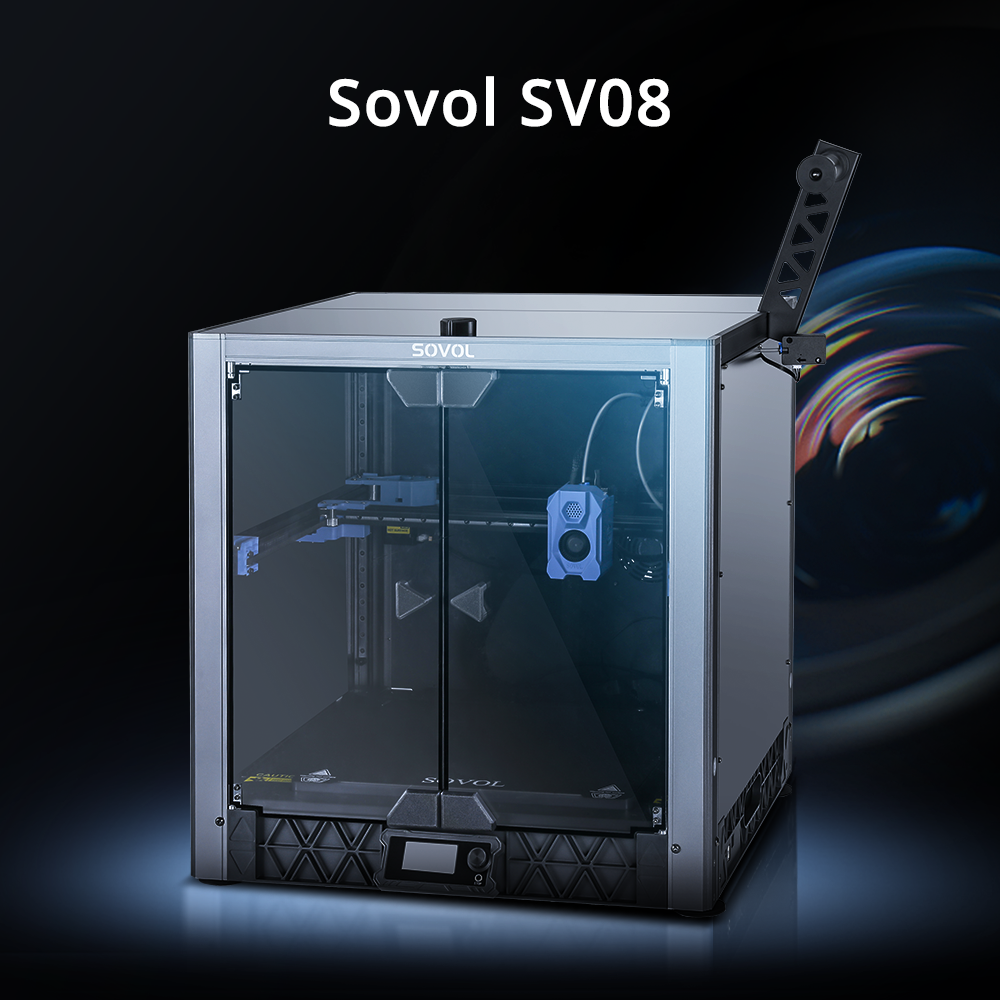
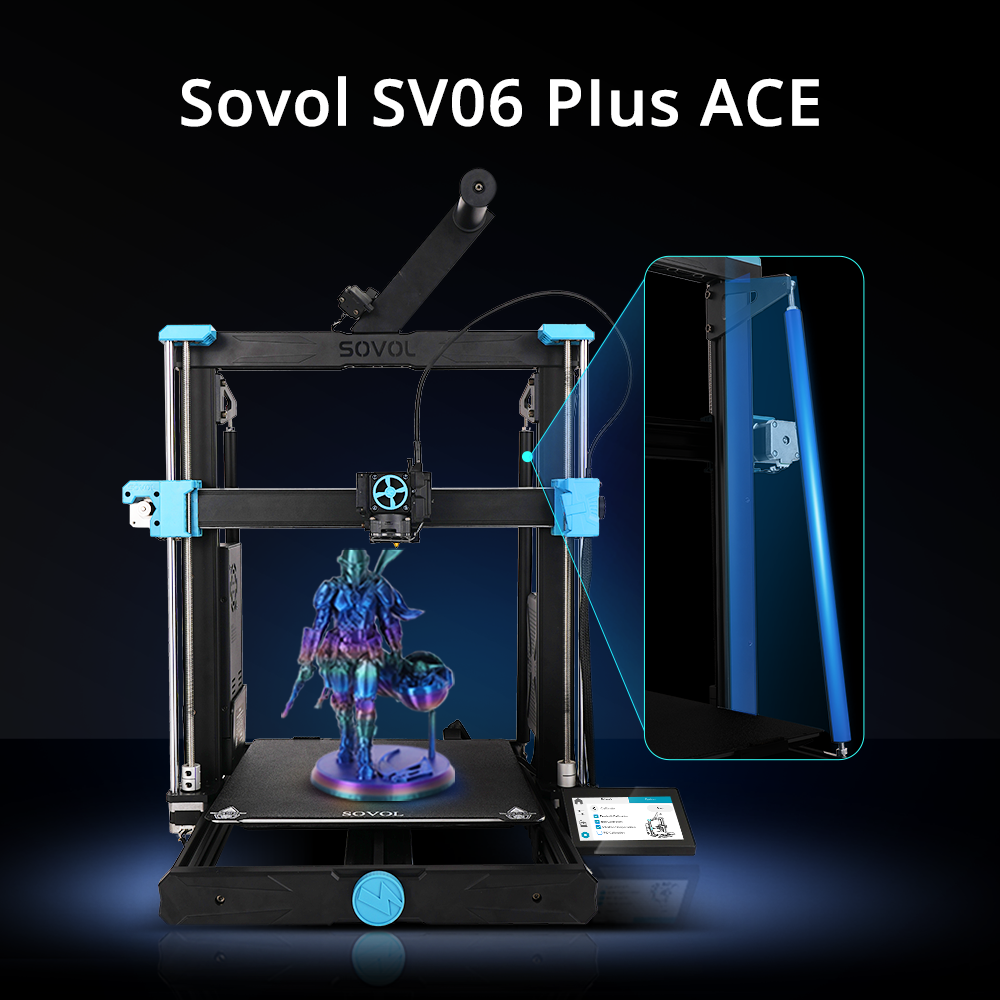
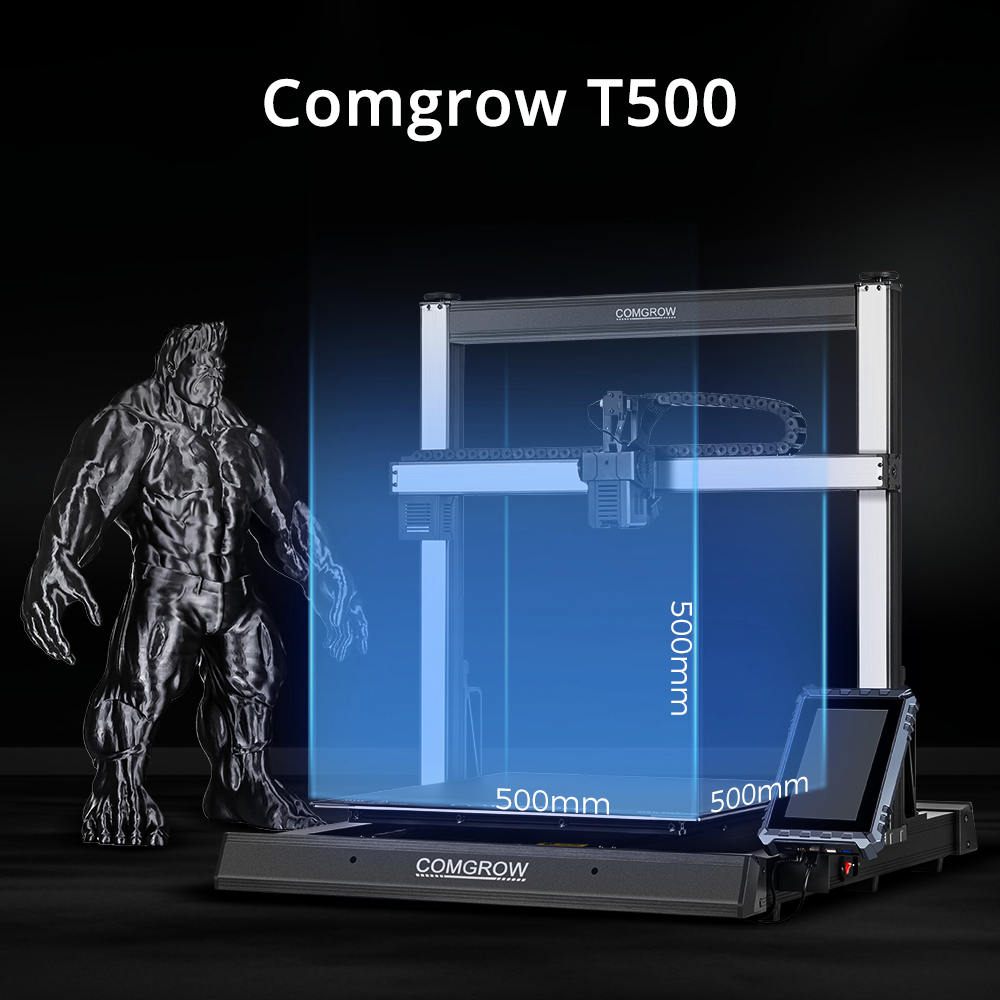
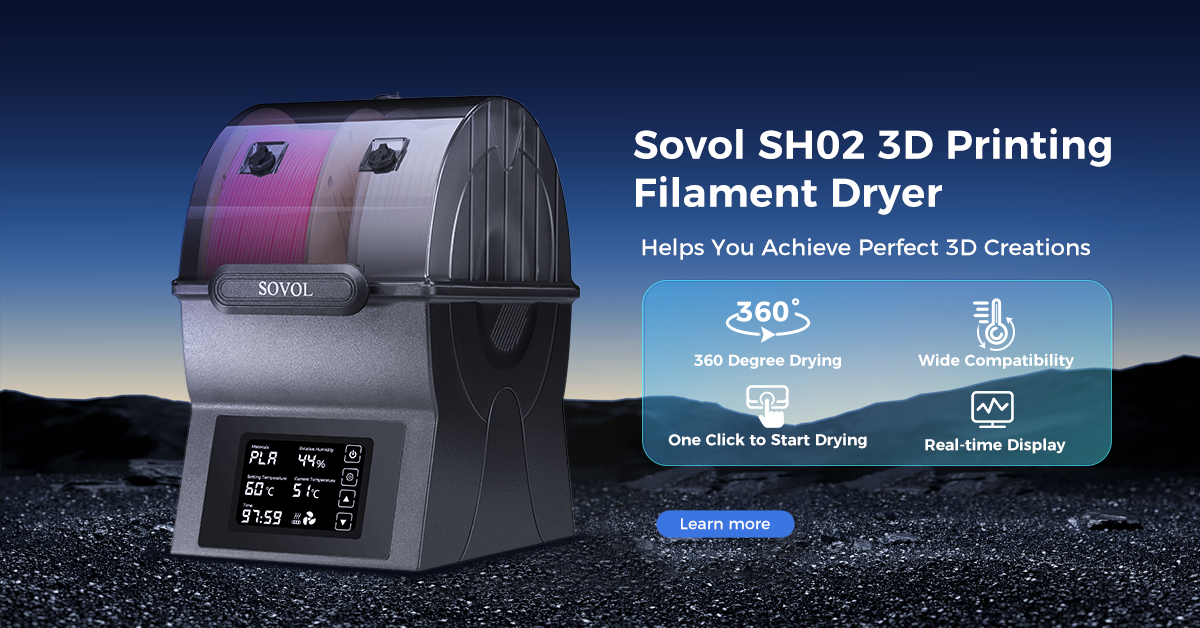
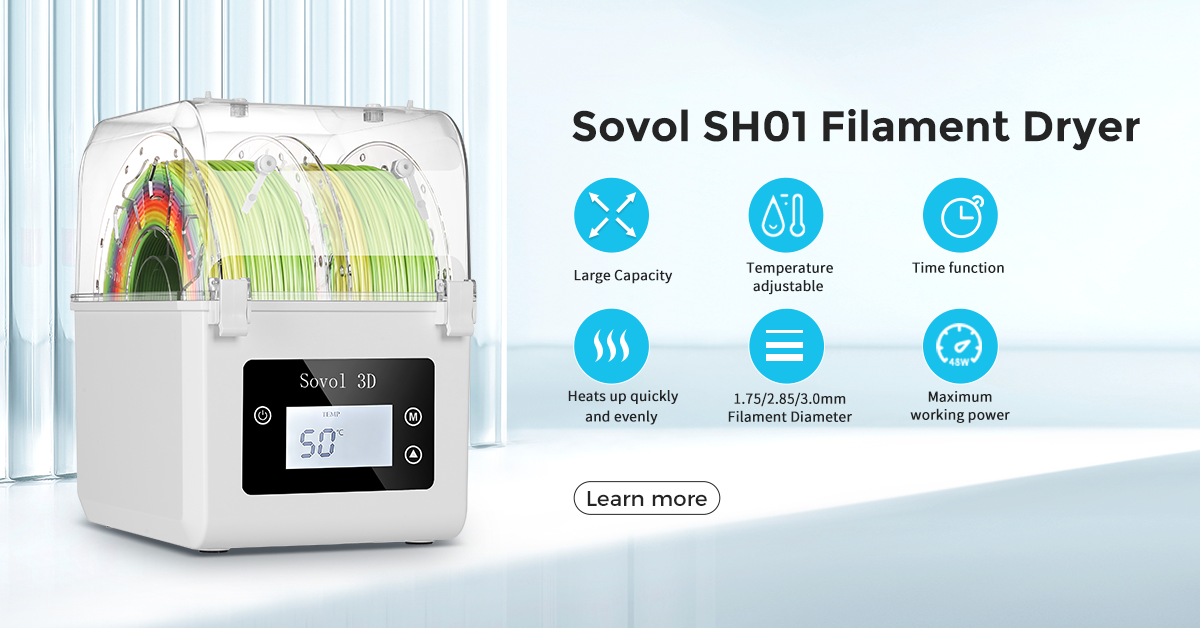
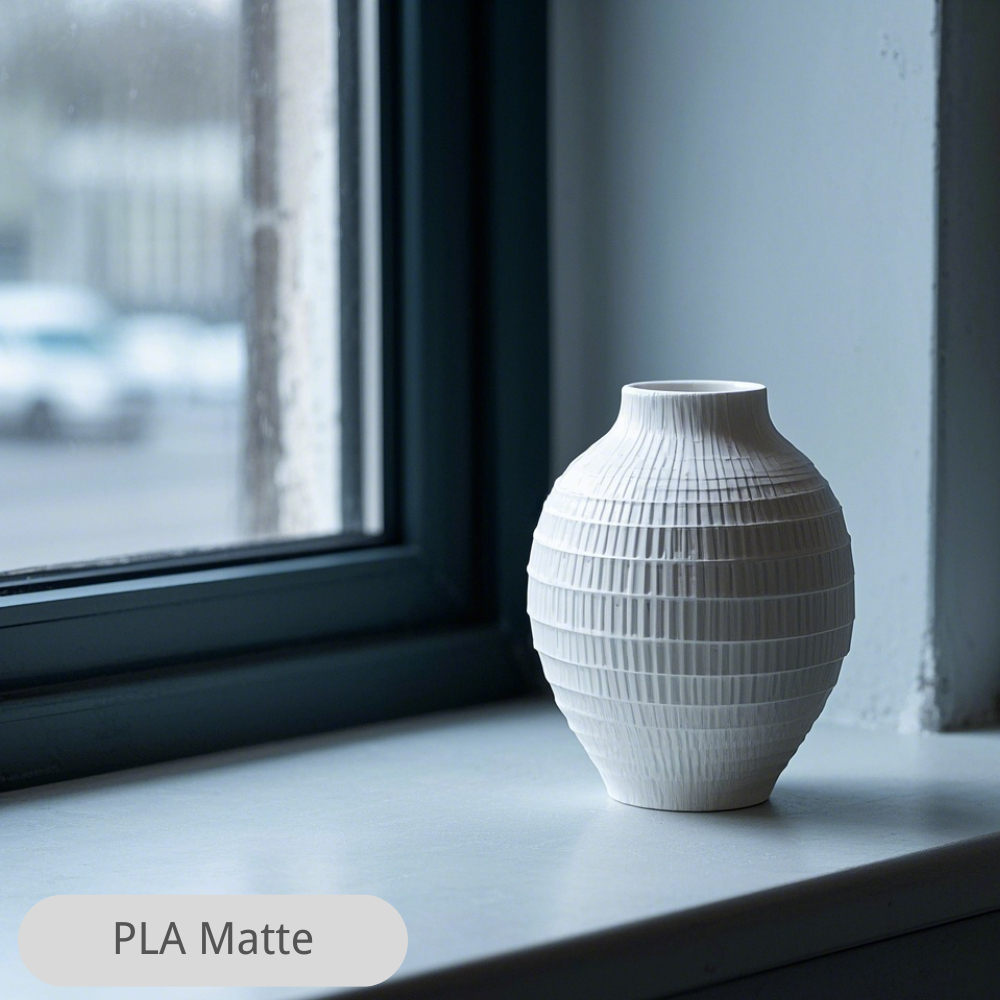

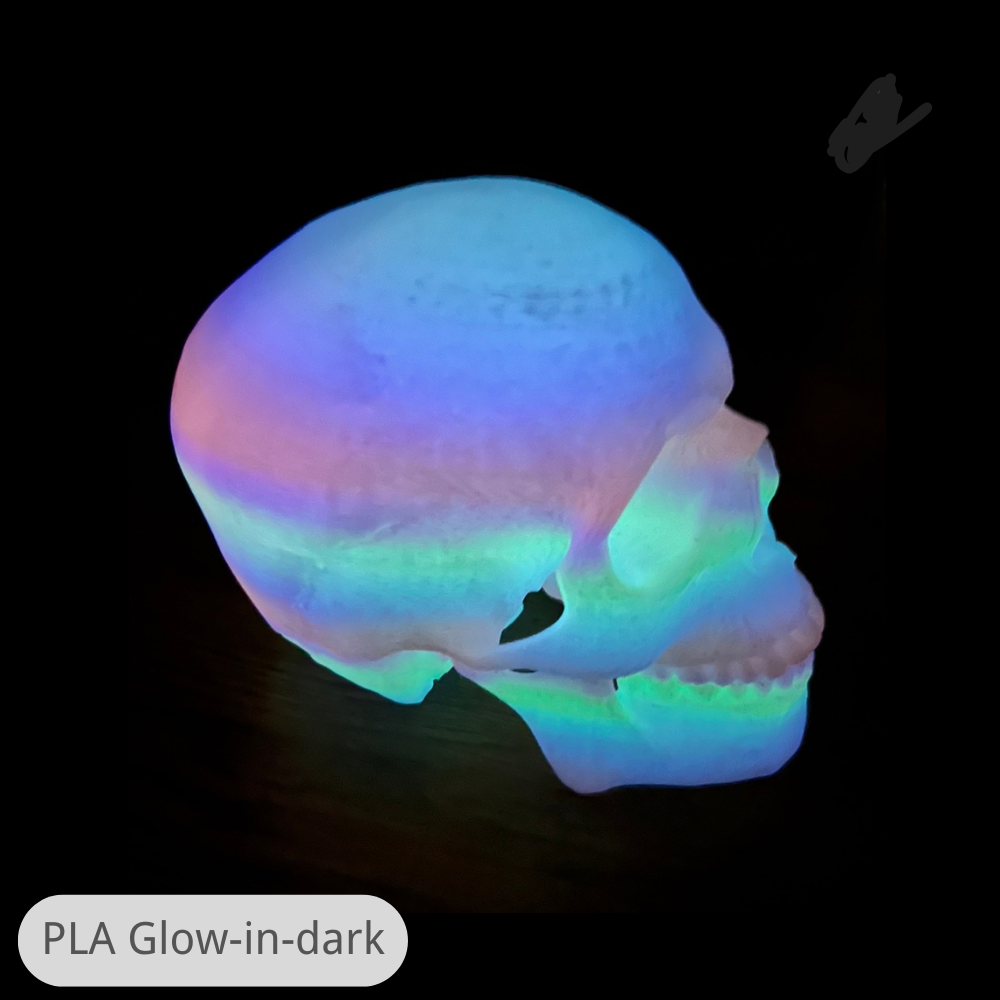
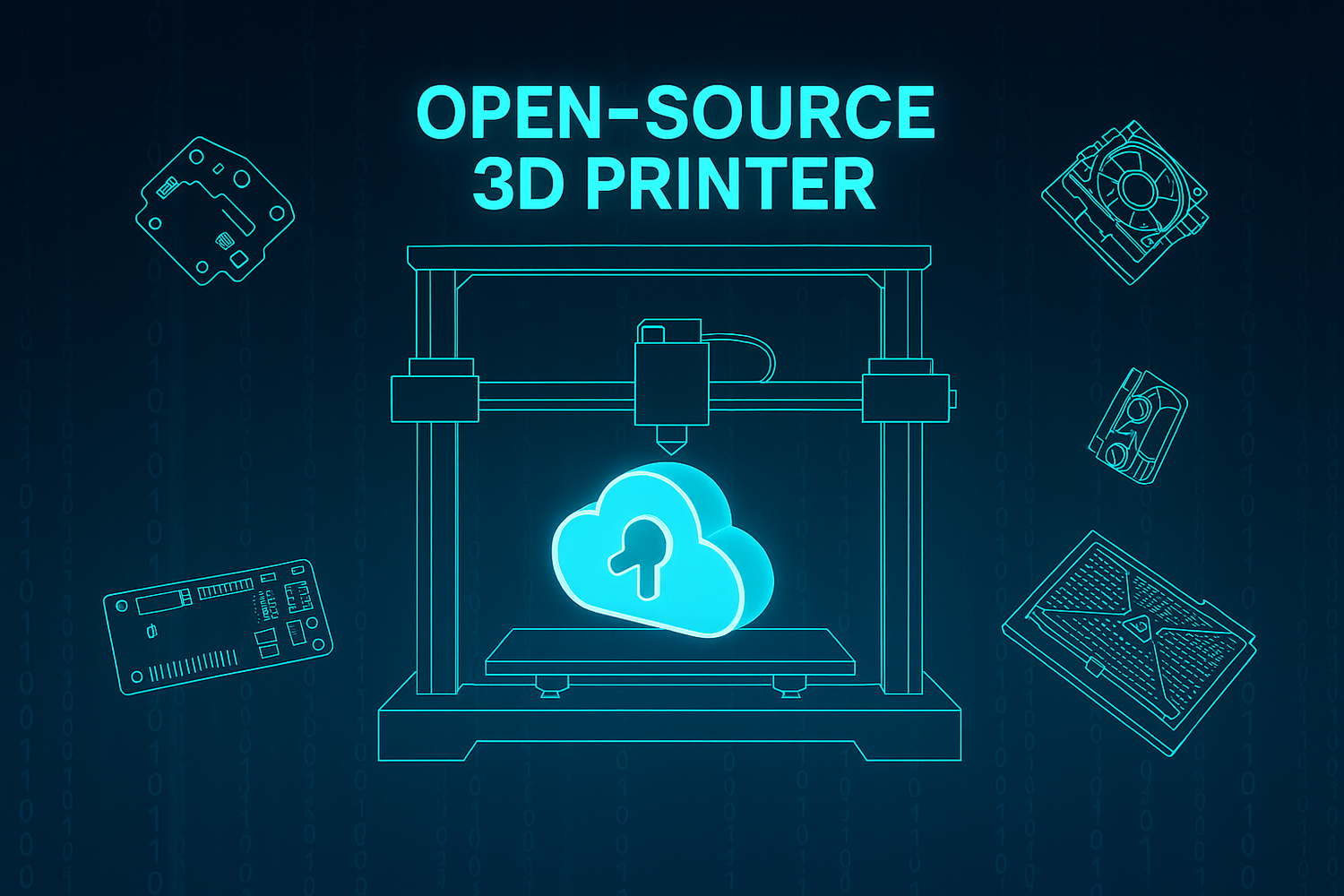
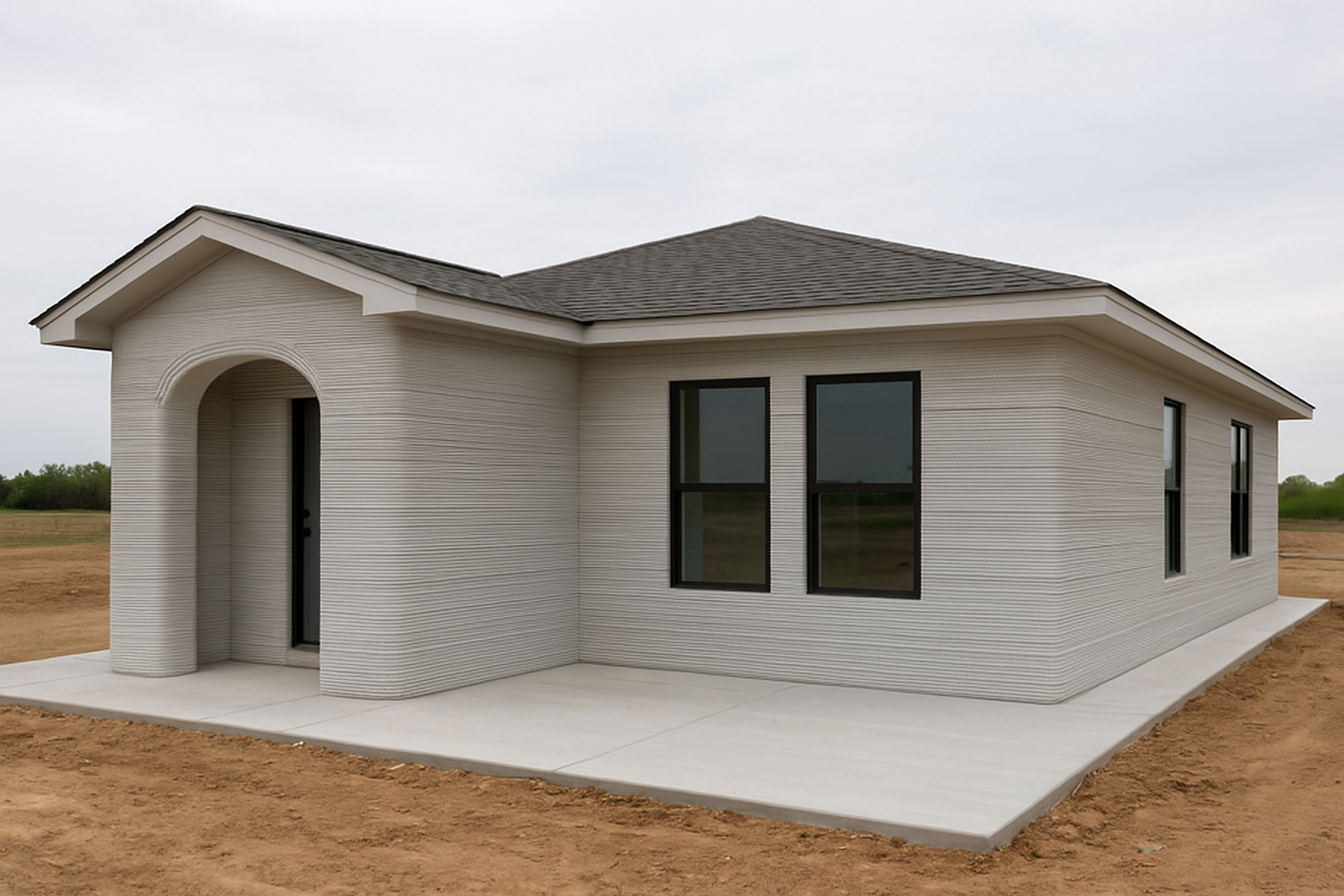
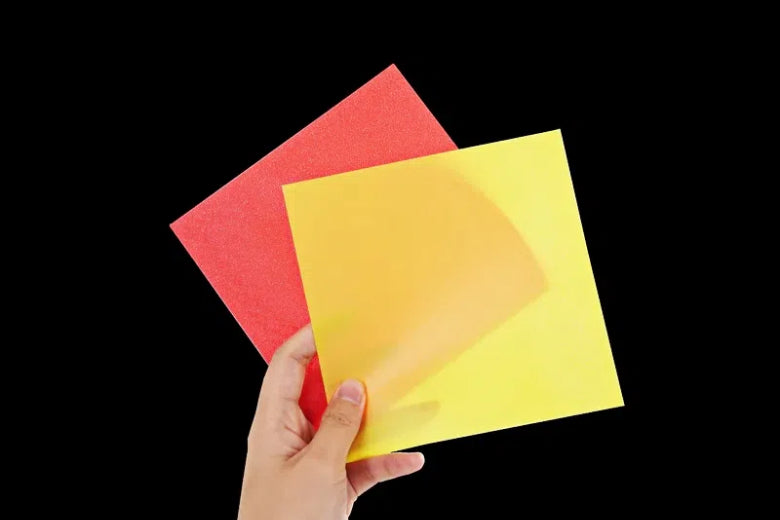


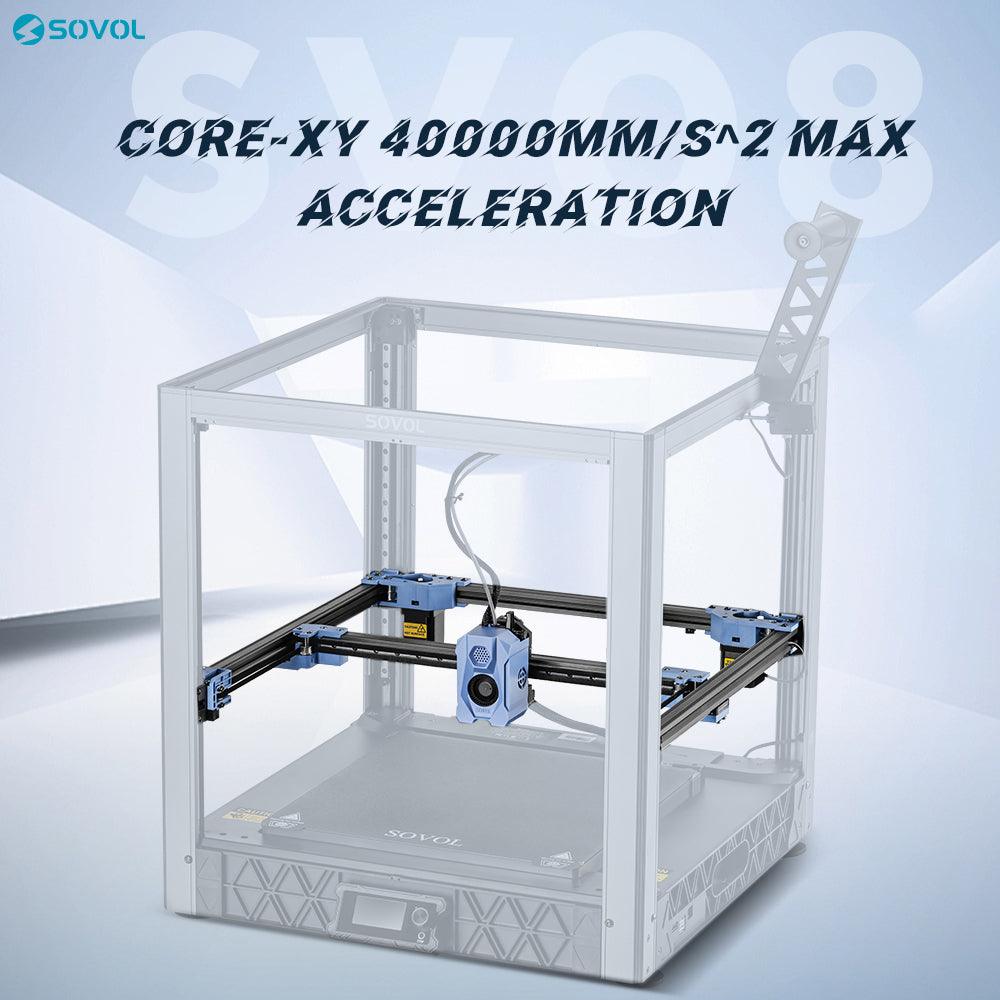
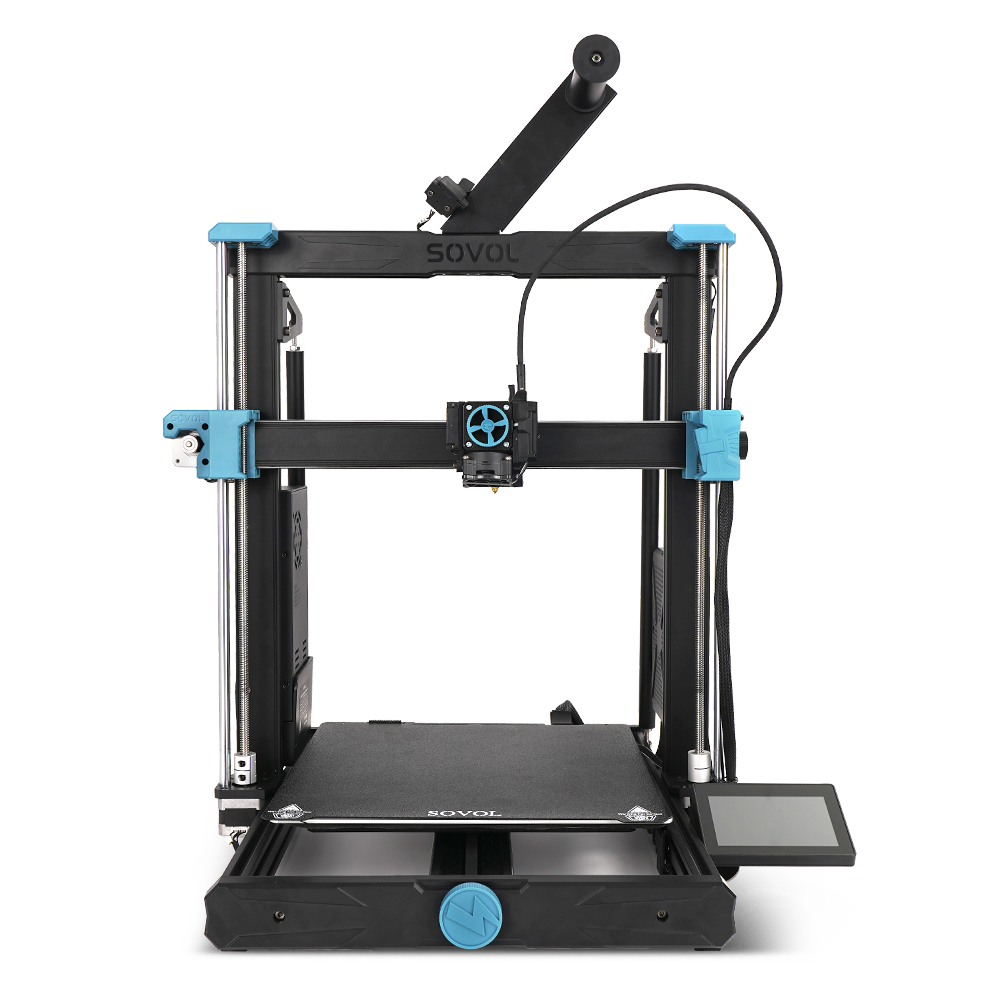
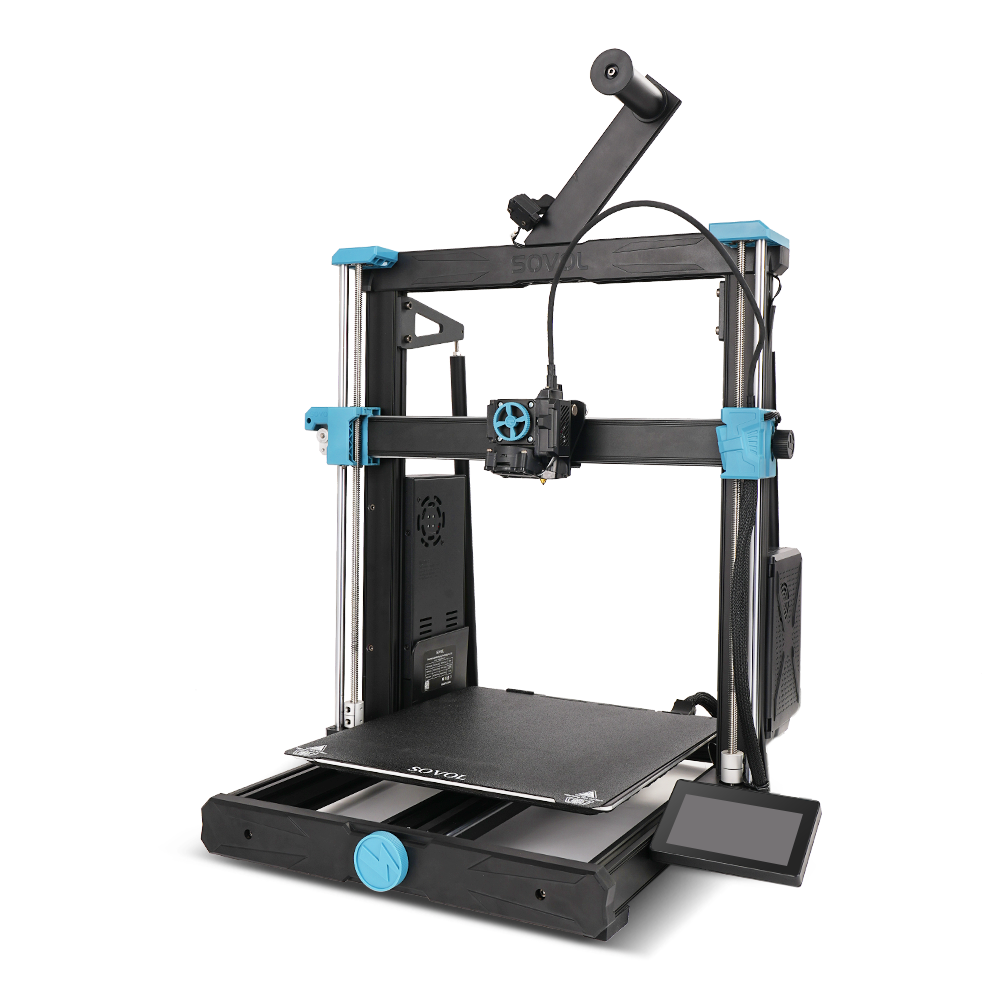


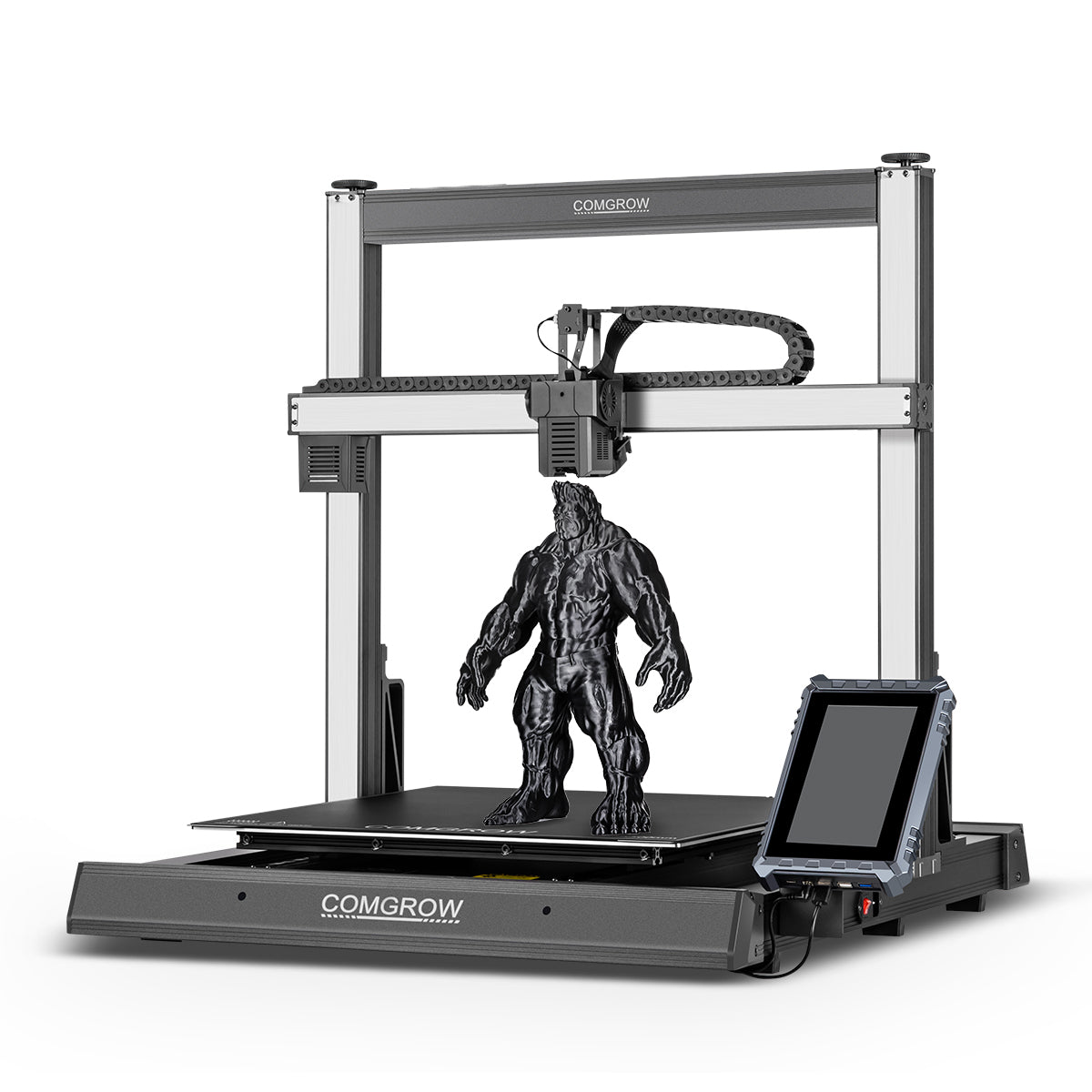
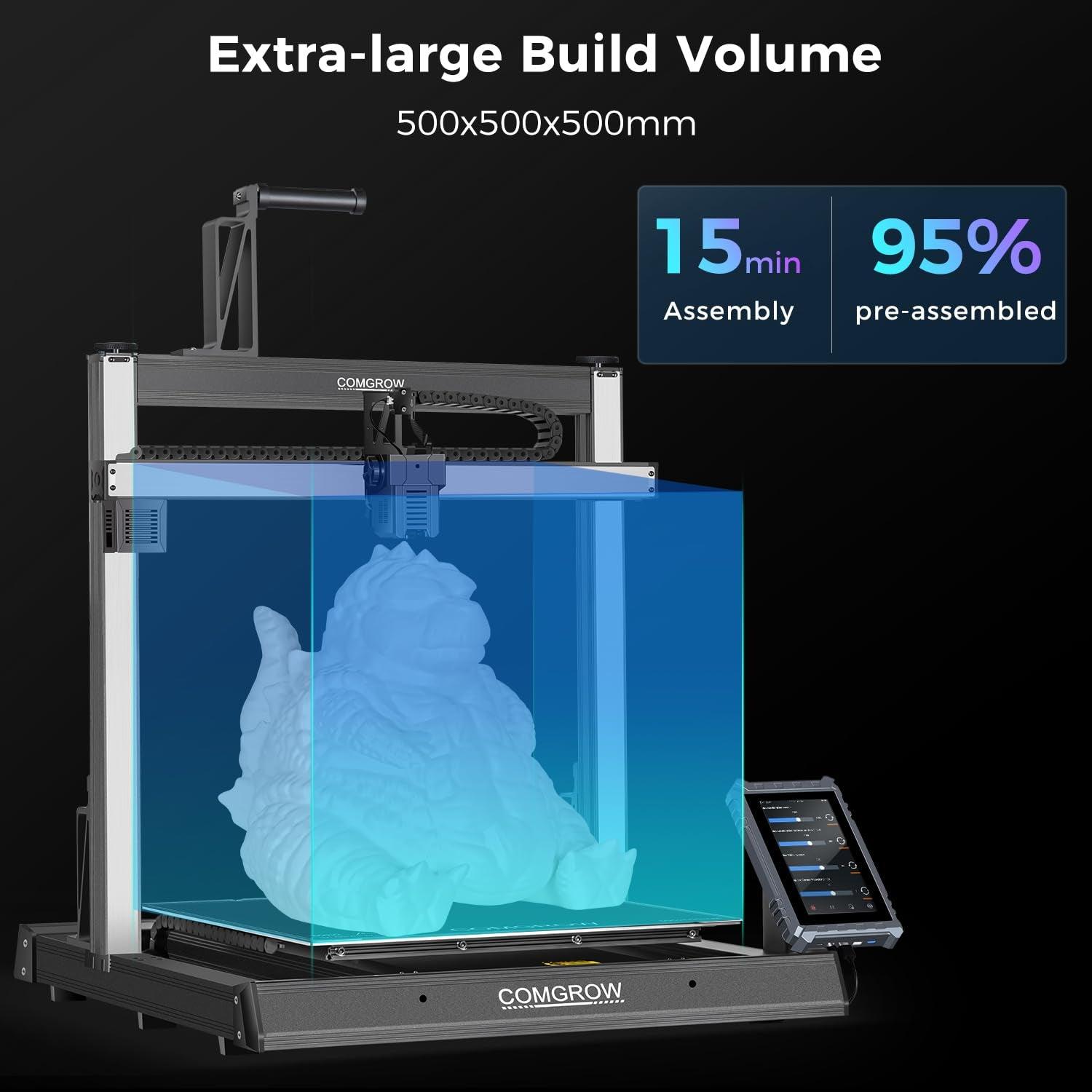
Leave a comment
All comments are moderated before being published.
This site is protected by hCaptcha and the hCaptcha Privacy Policy and Terms of Service apply.